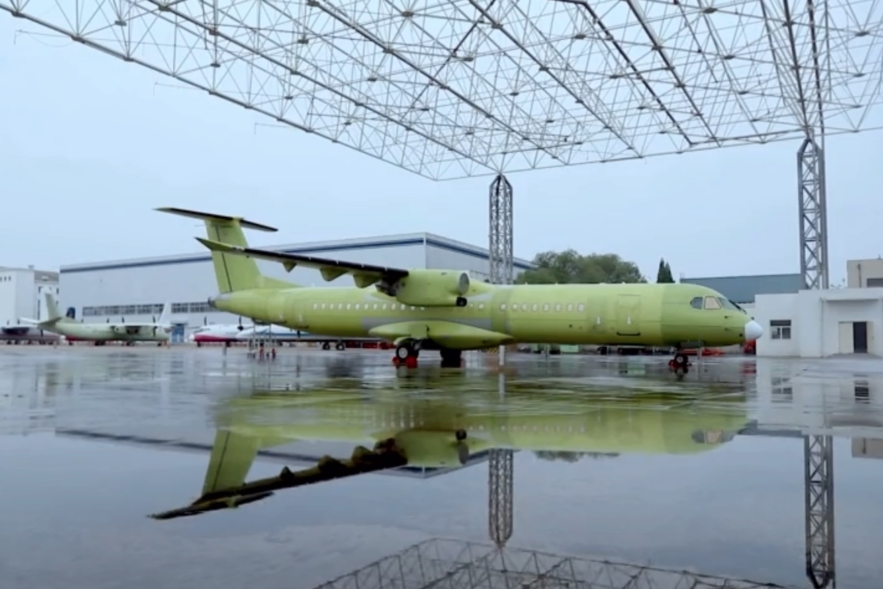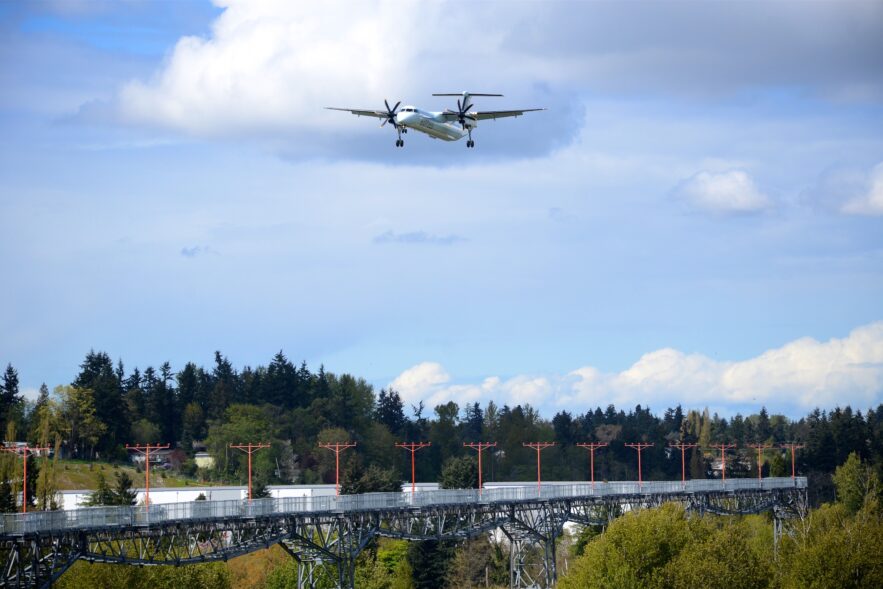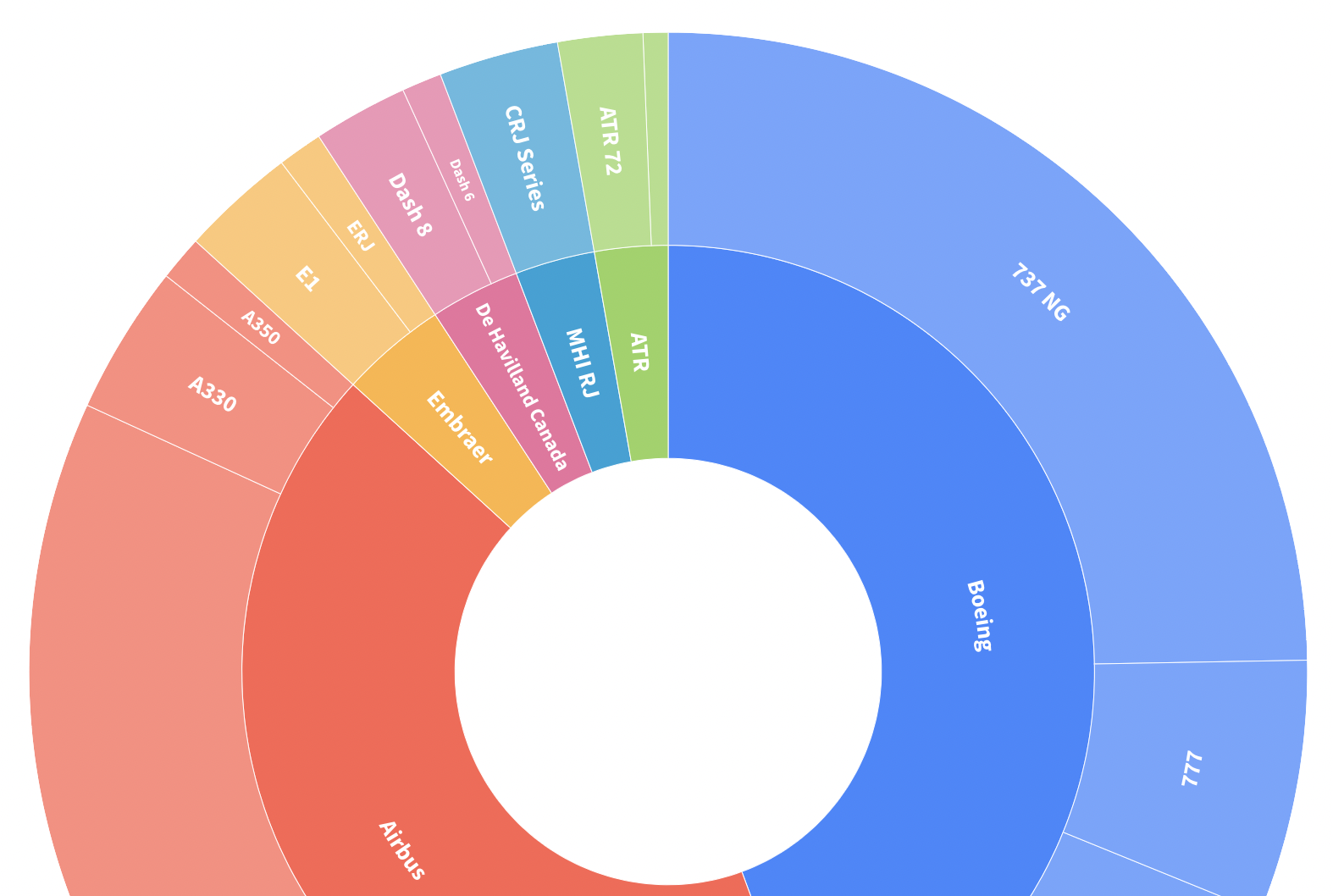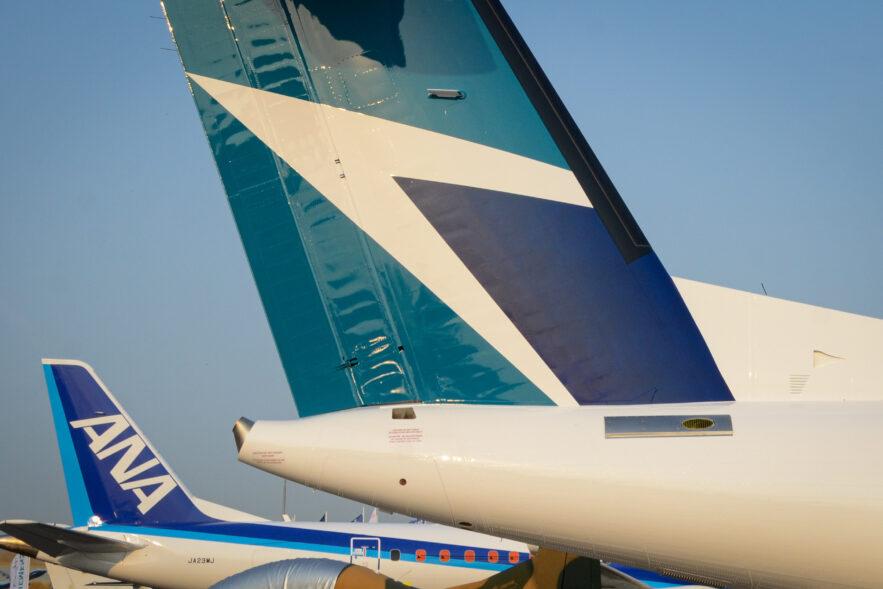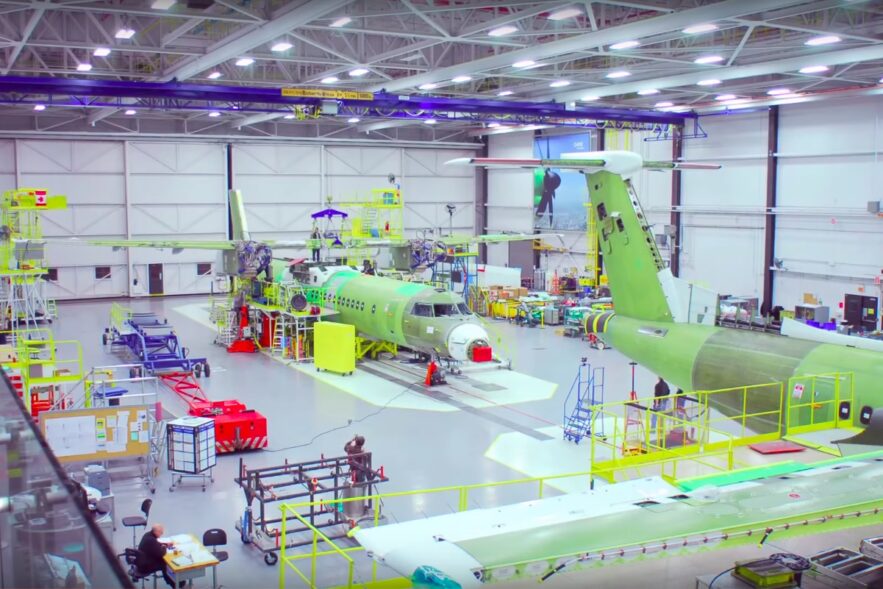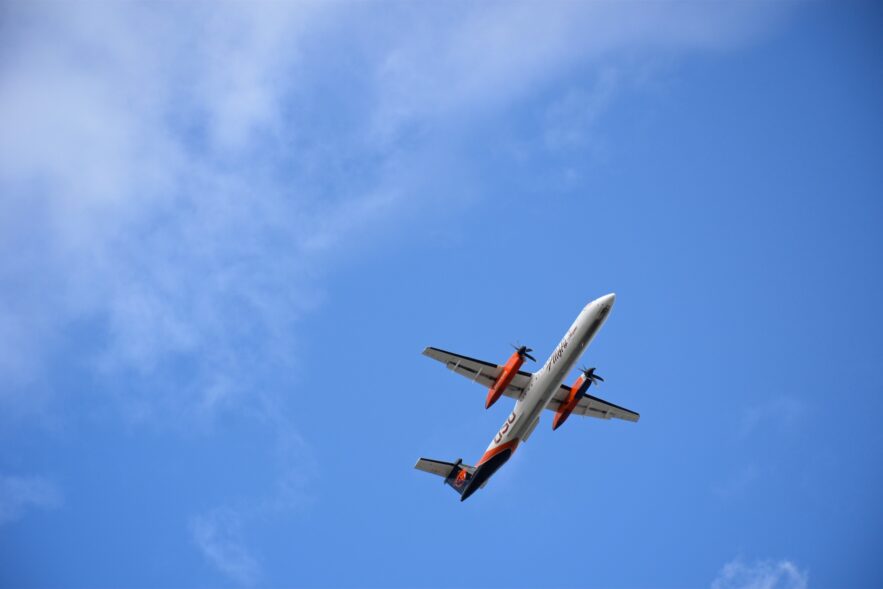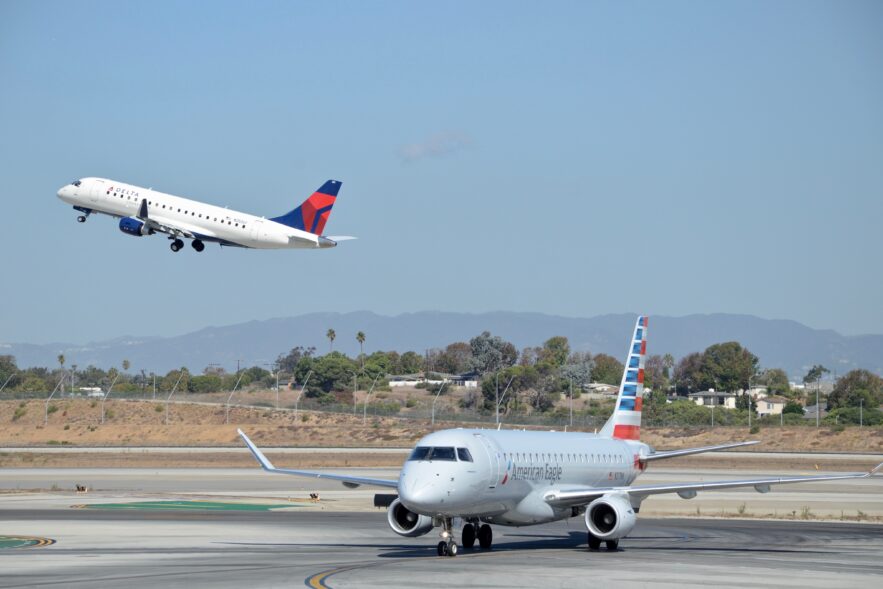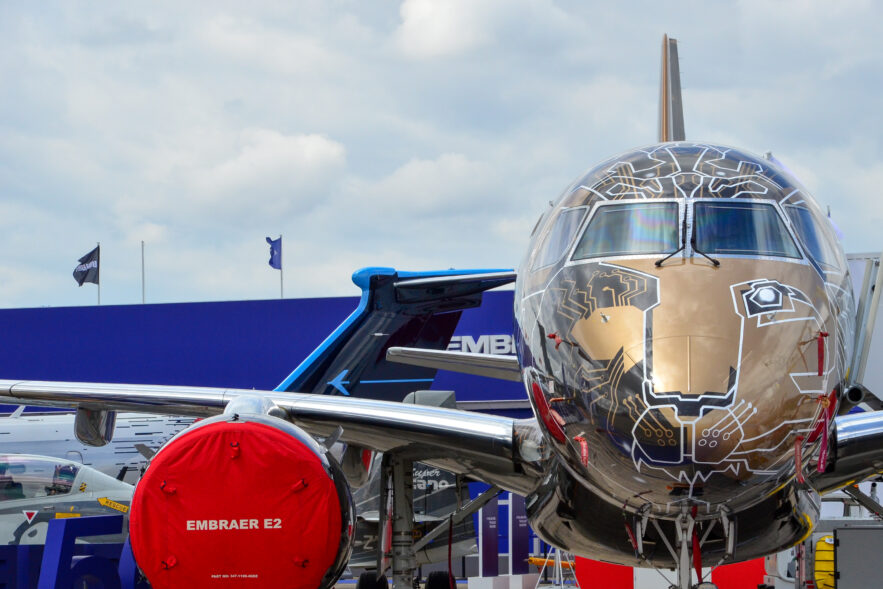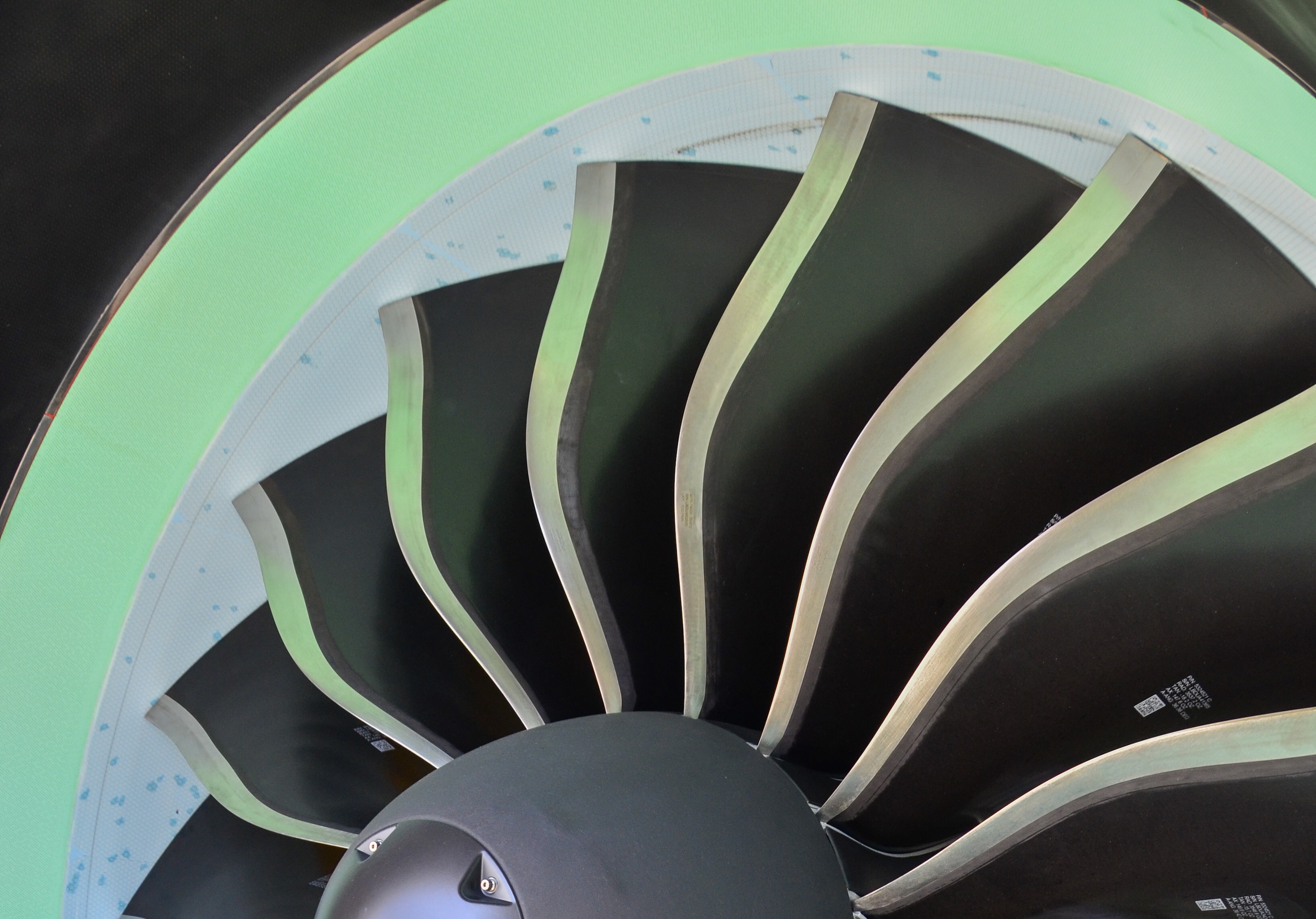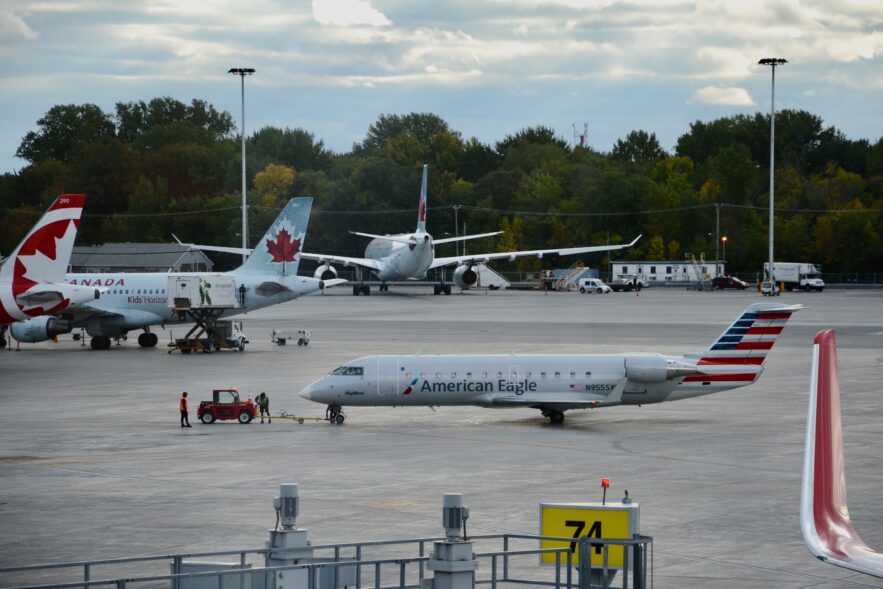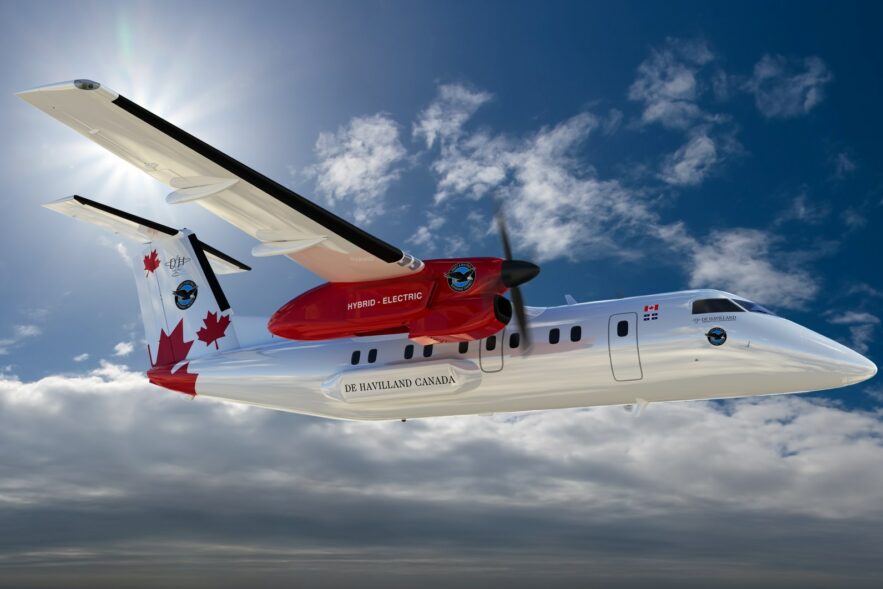Yet, over the past week, chatter across a cadre of Chinese aviation watchers and social media postings suggested that the prototype MA700 had made its maiden flight around Sept. 23 or 24 from the the Aviation Industry Corporation of China’s (Avic) manufacturing plant at Yanliang Air Base in Xian, where China produces many of its military aircraft. The new April 2021 footage was the first public appearance of any MA700 progress since March 2020 when Avic and Xian rolled-out the first static test airframe. Chinese state media had reported in early 2020 that MA700 was slated to fly before the end of that year.
As it prepares to fly a hybrid-electric demonstrator in 2024, De Havilland Aircraft of Canada says it’s all about designing an aircraft for a bad day.
From the acute regional airline pilot shortage to the strategies and technologies laying the foundation for single-pilot and autonomous operations, TAC’s editorial and analytical team hosted a candid 60-minute discussion and Q&A session on the future of aviating and the enablers and limits to growth.
As part of our on-going detailed coverage of the invasion of Ukraine by Russia and the resulting impact to global aviation, The Air Current has constructed an interactive data visualization of the fleet of Western-made aircraft flying today inside of Russia.
Log-in here if you’re already a subscriber Release DateSeptember 9, 2019Newcomers De Havilland and Mitsubishi find themselves dwarfed by their...
Sign up to receive updates on our latest scoops, insight and analysis on the business of flying. Nashville, Tenn. —...
Understanding the nuances of regional aircraft -- turboprops and regional jets -- is first and foremost a matter of understanding the role of geography in their success.
There’s no one definition of a regional airline and that shows in the pandemic’s rebound. TAC Analysis continues its exploration of which types of regional airlines are excelling in the pandemic era, which are struggling, and what this means for the various aircraft types operating at each.
In an extended interview, Arjan Meijer, Embraer's new Commercial Aviation CEO sat down with The Air Current to discuss what it wants in a partner and its path to a new turboprop.
Log-in here if you’re already a subscriber Release DateJuly 17, 2022Harvest & hybrids await engine makers for the next decadePurchase...
The global airline fleet is not recovering evenly. With global scheduled capacity up over 92% from April 2020, that metric serves better to illustrate just how terrible last April was than how good we find it in 2021. Compared to 2019, the global fleet is producing 53% fewer seat-miles. We’re a long way from where we were before the pandemic.
DHC and Pratt & Whitney Canada are preparing to heavily modify a retired Dash 8-100 turboprop that will see half of its traditional propulsion replaced with a hybrid design. For the project, Pratt is designing a “new small engine” for sipping fuel at altitude. The 39-seat aircraft will have 20 to 24 battery packs to drive a 1 megawatt electric motor working in tandem with the new engine, providing the necessary horsepower when it’s needed most — at takeoff and climb.
